How OLD is Russia?
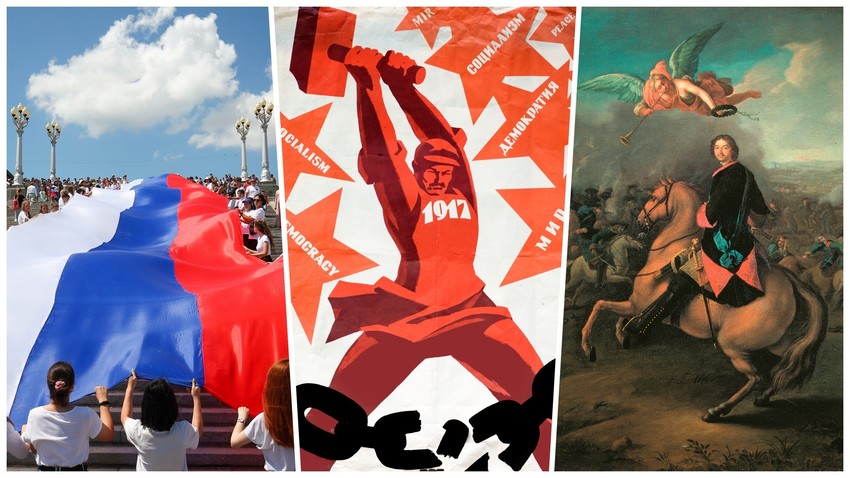
Just like a Phoenix, Russia has risen from the ashes multiple times. Hence the confusion many have when asked how old Russia actually is. The key to this question lies in a different one: Exactly which Russia are we talking about?
Modern Russia
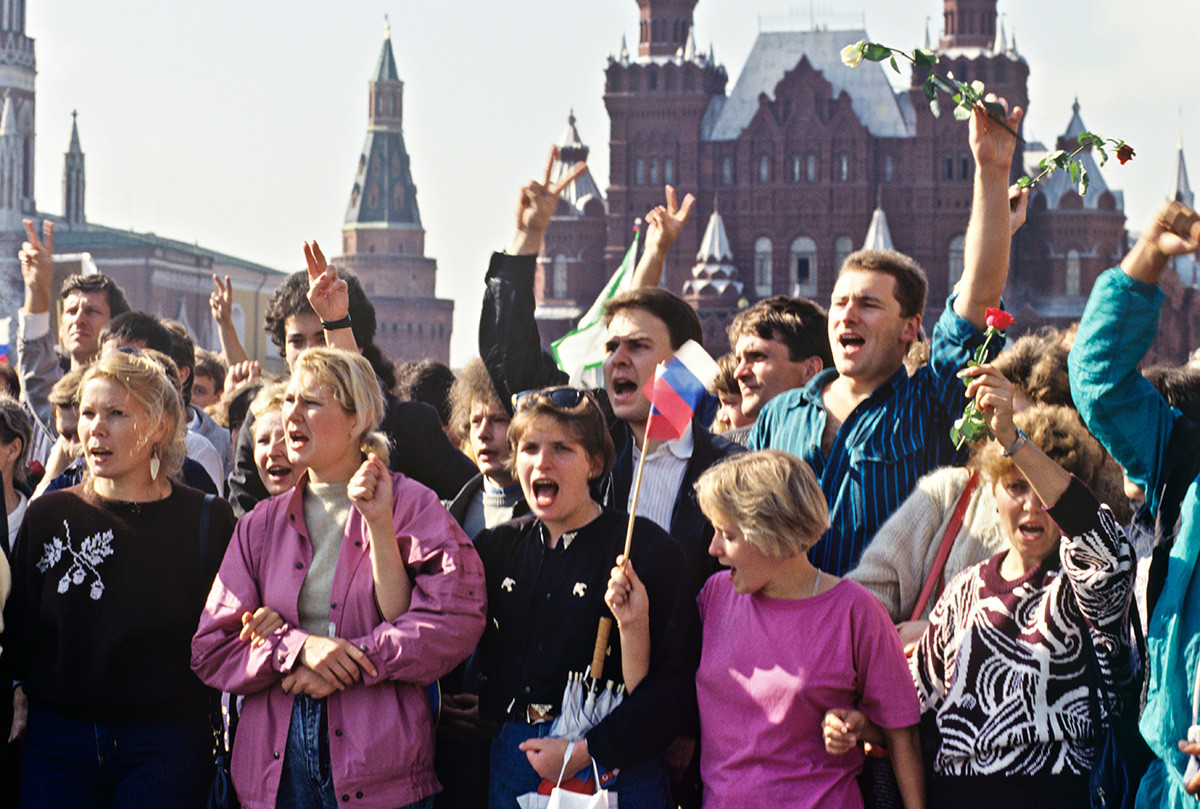
The Red Square in Moscow in August 1991.
Yuri Abramochkin/SputnikA brief period of chaotic power struggle in the political corridors of Moscow in the late 1980s and early 1990s resulted in the official dissolution of the USSR in 1991.
Russia Day, a public holiday celebrated annually on June 12, commemorating the adoption of the Declaration of State Sovereignty of the Russian Soviet Federative Socialist Republic is oftentimes confused with the birthday of the modern, post-Soviet, Russian state. However, it’s misleading to track the existence of the modern Russian state to the declaration adopted on June 12, 1990.
Although the document paved the way for the dissolution of the Soviet Union by establishing the priority of Russian laws over the laws of the USSR, the actual emergence of the modern Russian state happened only a year later, when the Russian Parliament announced the country would be called ‘Russia’ or the ‘Russian Federation’ and the USSR officially disintegrated on December 25, 1991.
Hence, the modern Russian state turned 30 in 2021.
The USSR
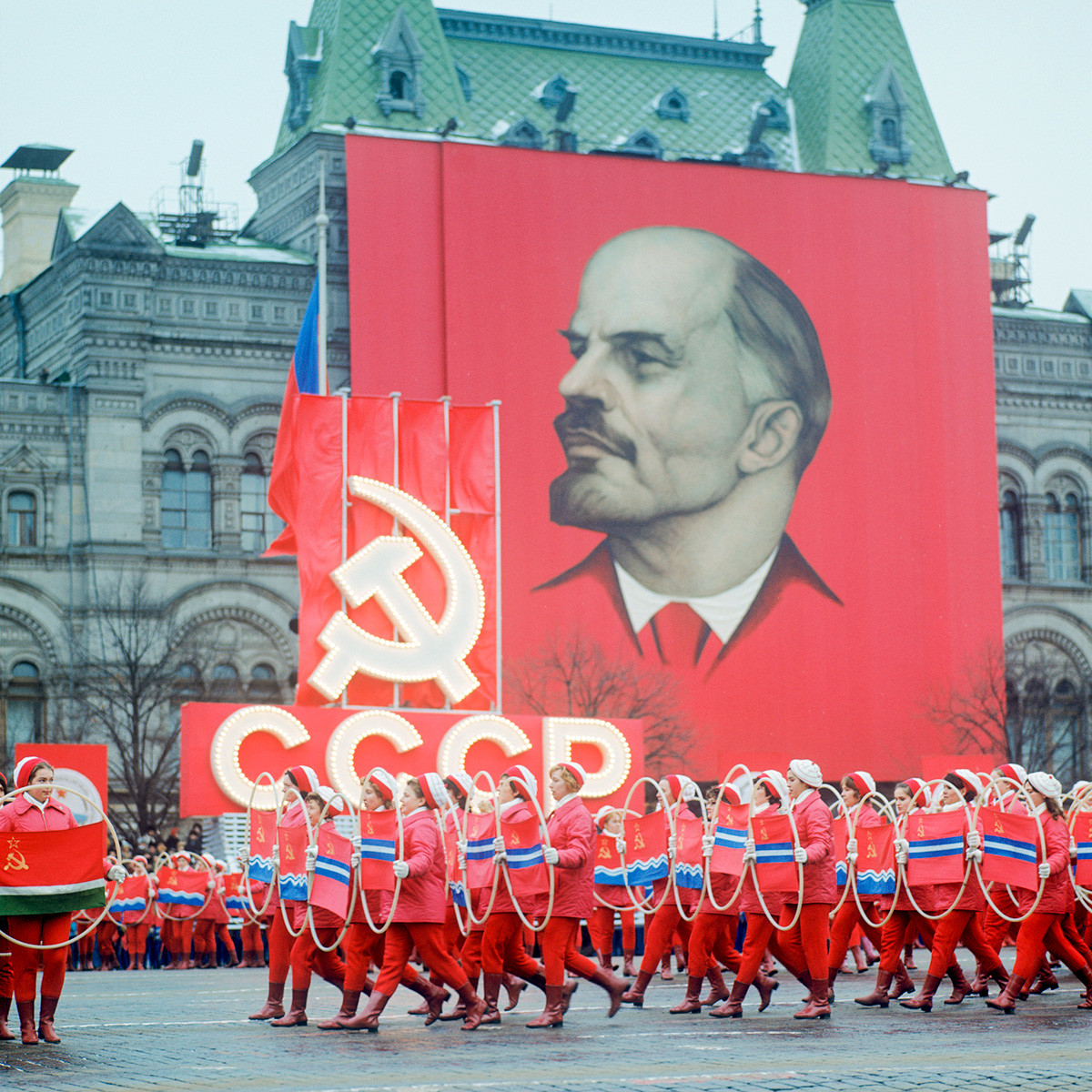
Despite a relatively recent reset of its life clock, the Russian statehood is actually much older than 30. For 69 years before the emergence of Russia as a modern and independent state, the country — albeit with a different name — was a part of the Soviet Union, along with other states, members of the communist alliance.
In that capacity, Russia existed from December 30, 1922, and up until the dissolution of the Soviet Union in 1991. And before the Soviet Union was fully and officially formed, Russia existed in the form of The Russian Soviet Federative Socialist Republic (RSFSR), which was not yet a part of the USSR. In that capacity, Russian statehood has existed since 1917.
Adding the number of years Russia existed as the RSFSR within and outside of the USSR with the number of years Russia existed as a modern independent state makes Russia 104 years old in 2021.
The Russian Empire and the Russian Tsardom
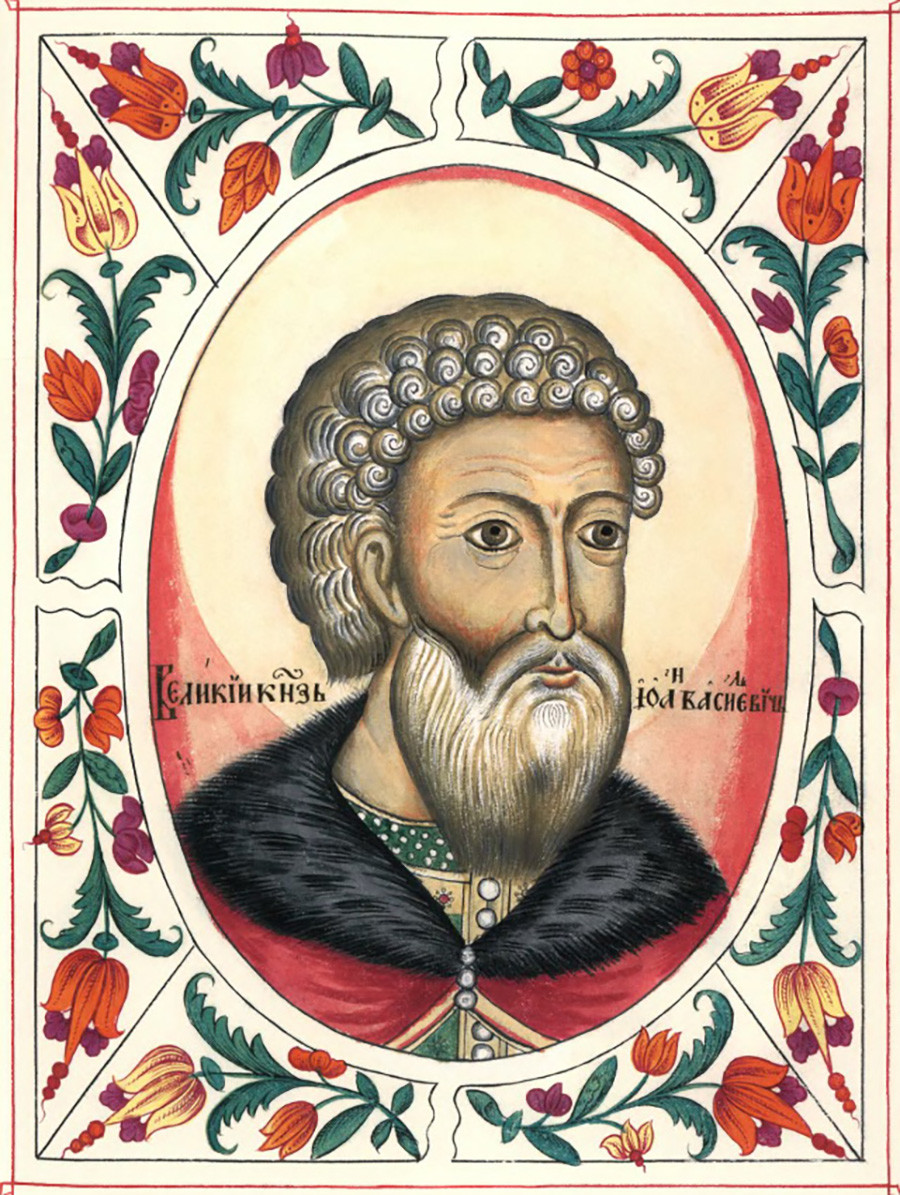
Grand Duke of Moscow Ivan III.
Public domainThe often romanticized time of the Russian Empire ended with the revolution in 1917, but it had been around for quite some time. It’s known that Peter the Great proclaimed the emergence of the Russian Empire — and himself as its Emperor — in 1721.
But even before that, the Russian state existed in a different form, as the Tsardom of Russia was formed under the rule of Ivan the Terrible in 1547.
This is not to mention the formation of the Grand Duchy of Moscow in 1263. Ivan III, who ruled this political entity from 1462, assumed the title of the Grand Prince of all Rus’.
Add this into the equation and Russia turned 758 in 2021.
The summoning
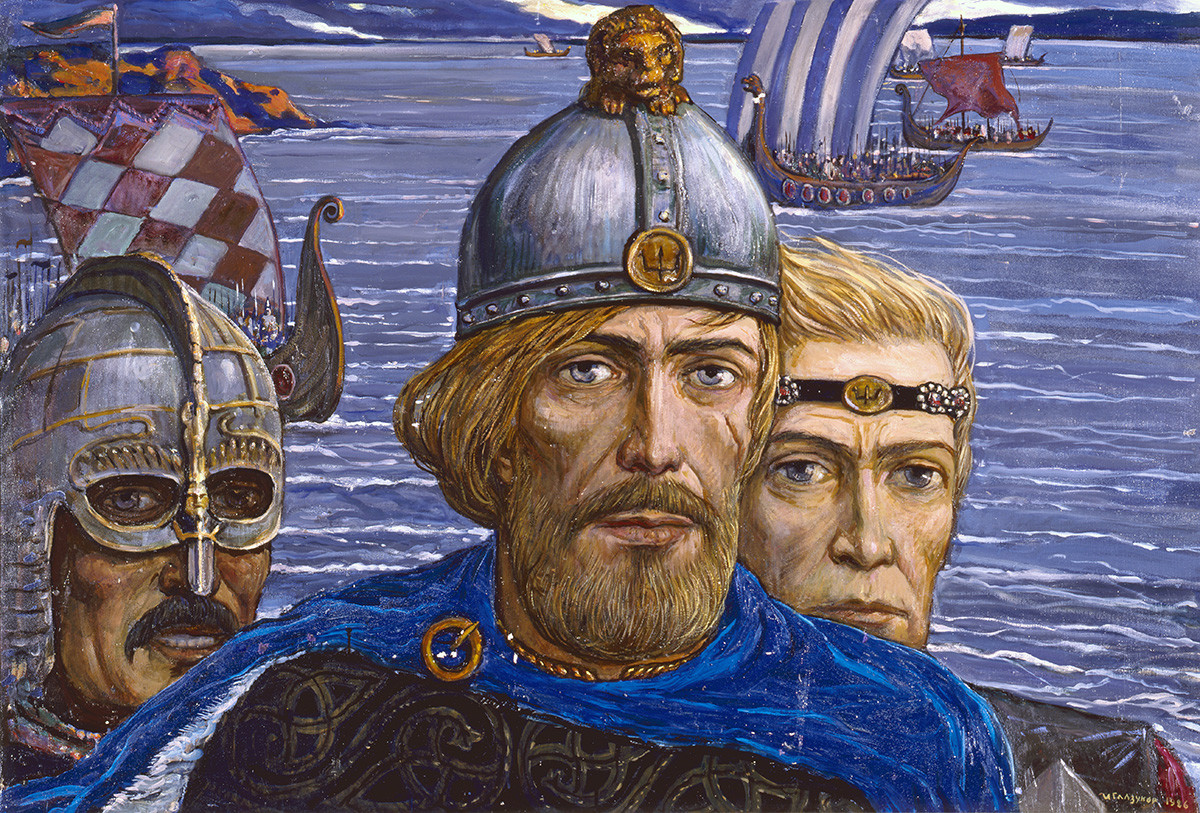
Reproduction of the painting "Grandchildren of Gostomysl: Rurik, Truvor, Sineus" by artist Ilya Glazunov.
Igor Boyko/SputnikOfficially, however, it is agreed to trace the emergence of Russian statehood as far back as to the 9th century. Back then — according to the Primary Chronicle — Varangian prince Rurik was called upon by the Finnic and Eastern Slavic peoples of the Northwestern lands to rule over them. He settled in Novgorod in 862 and, thus, launched the first official Russian statehood.
Obviously, for Rurik to be summoned, there must have been people who would have sent for him and his entourage to show up. People had lived on these lands before the Rurikids dynasty was established, however, it is universally accepted to trace back the emergence of the Russian statehood to 862, nonetheless.
So, the next time someone asks you how old Russia is, you now know it turns 1159 in 2021... or does it?
Click here to find out more about the people who founded Russia and ruled it before the Romanovs.
If using any of Russia Beyond's content, partly or in full, always provide an active hyperlink to the original material.
Subscribe
to our newsletter!
Get the week's best stories straight to your inbox